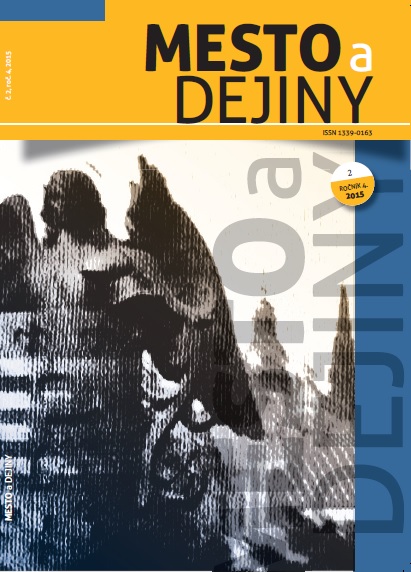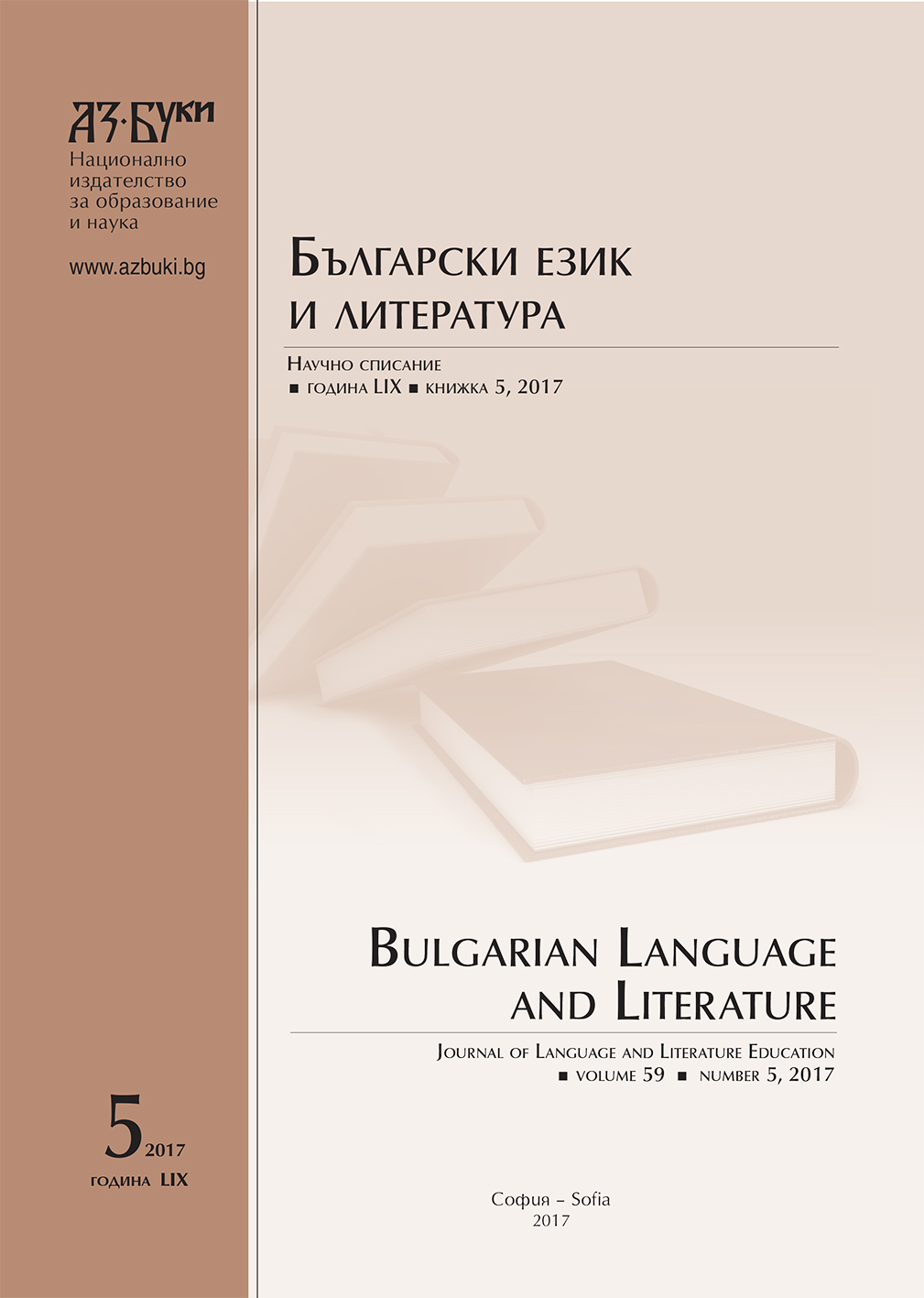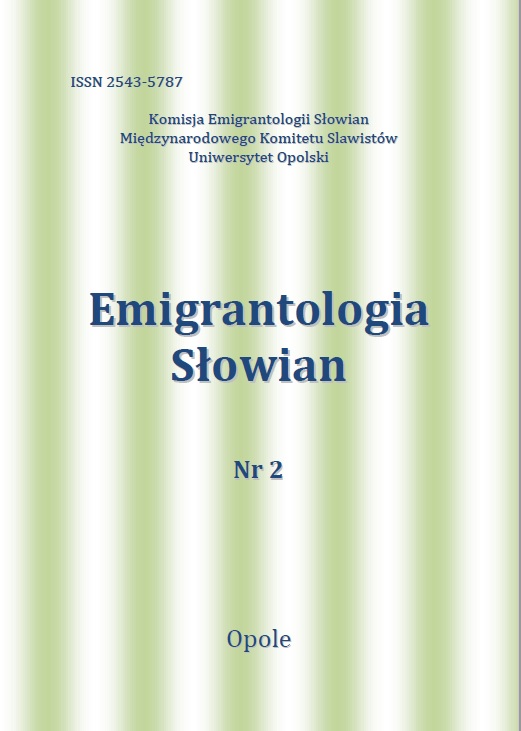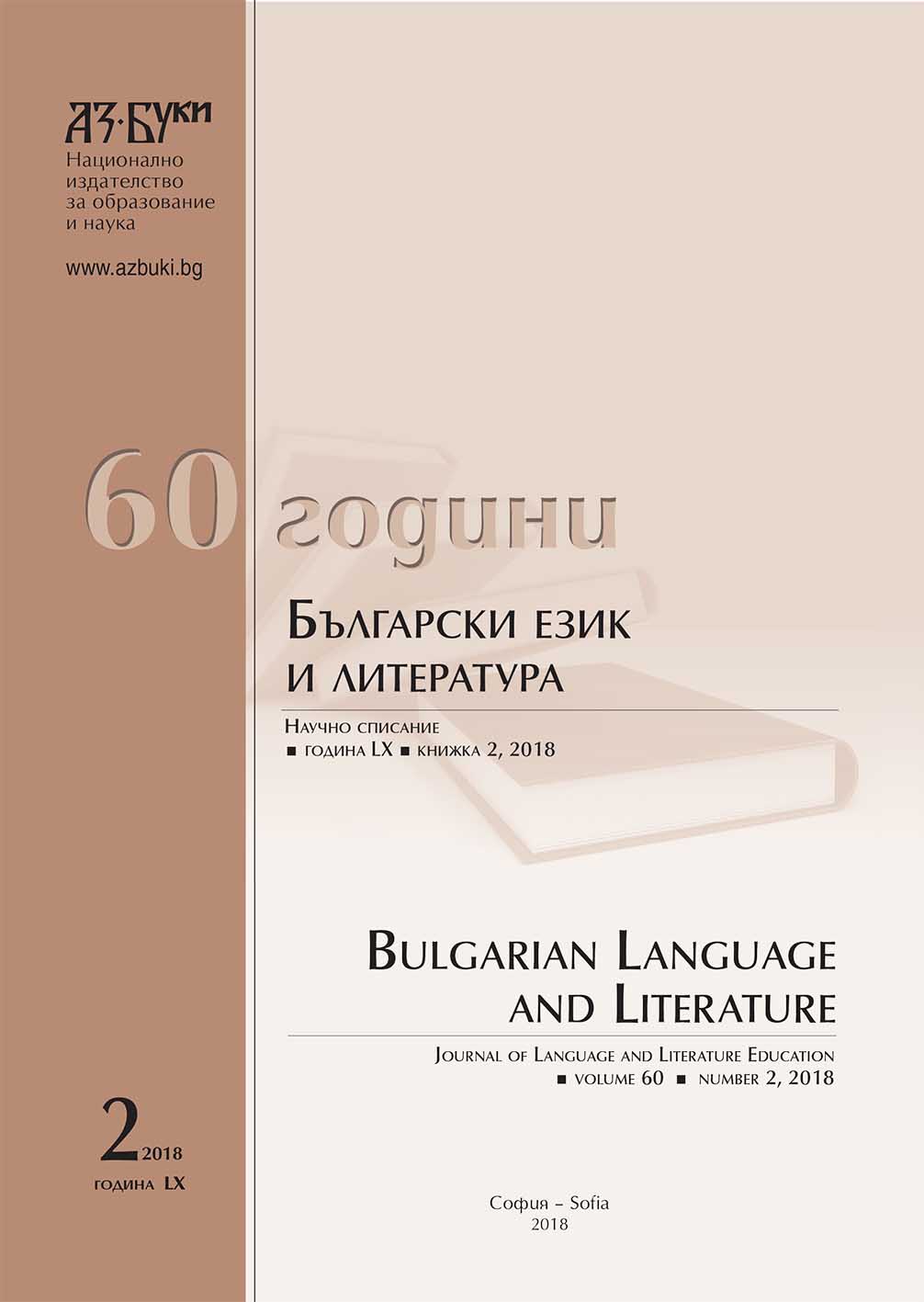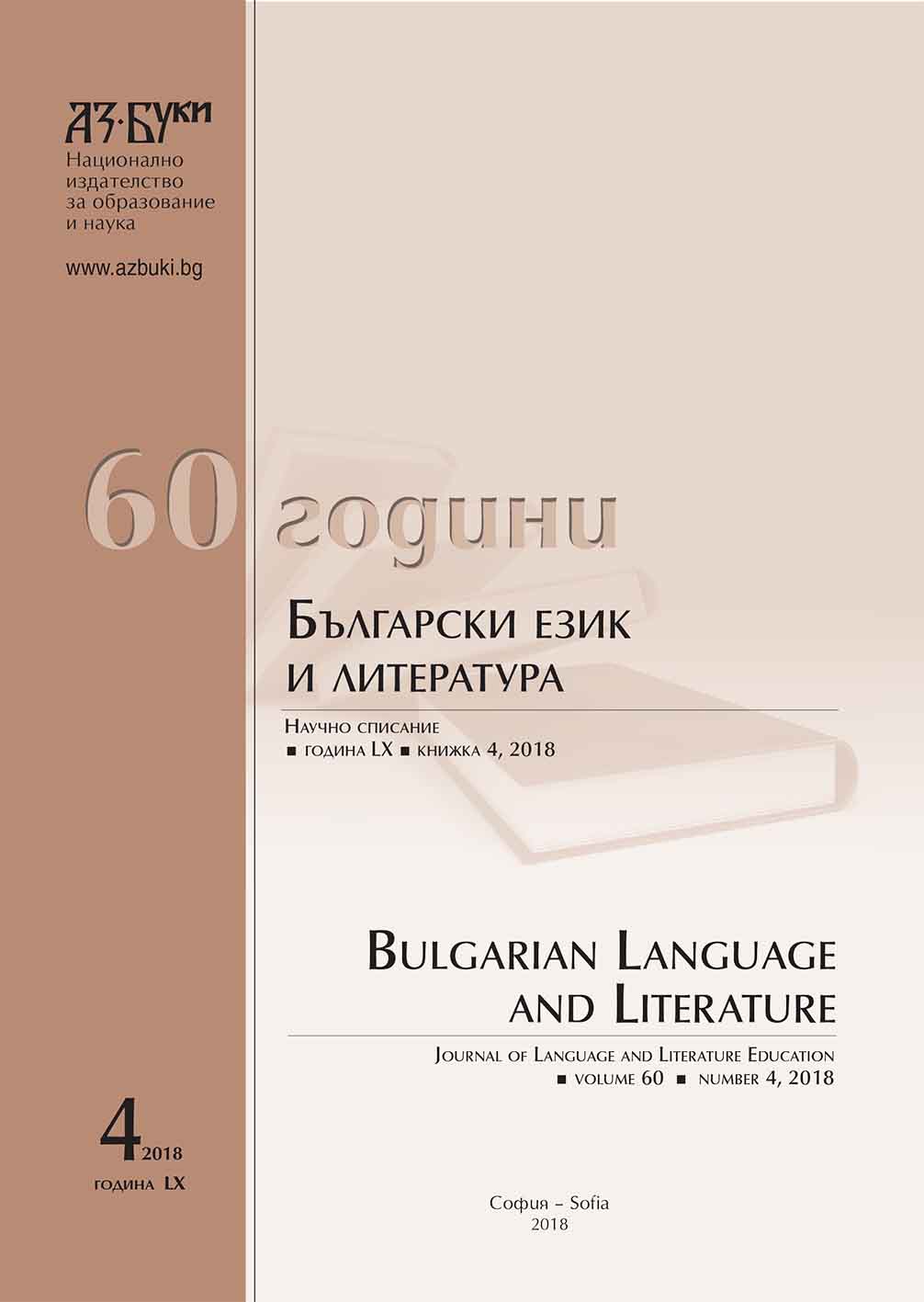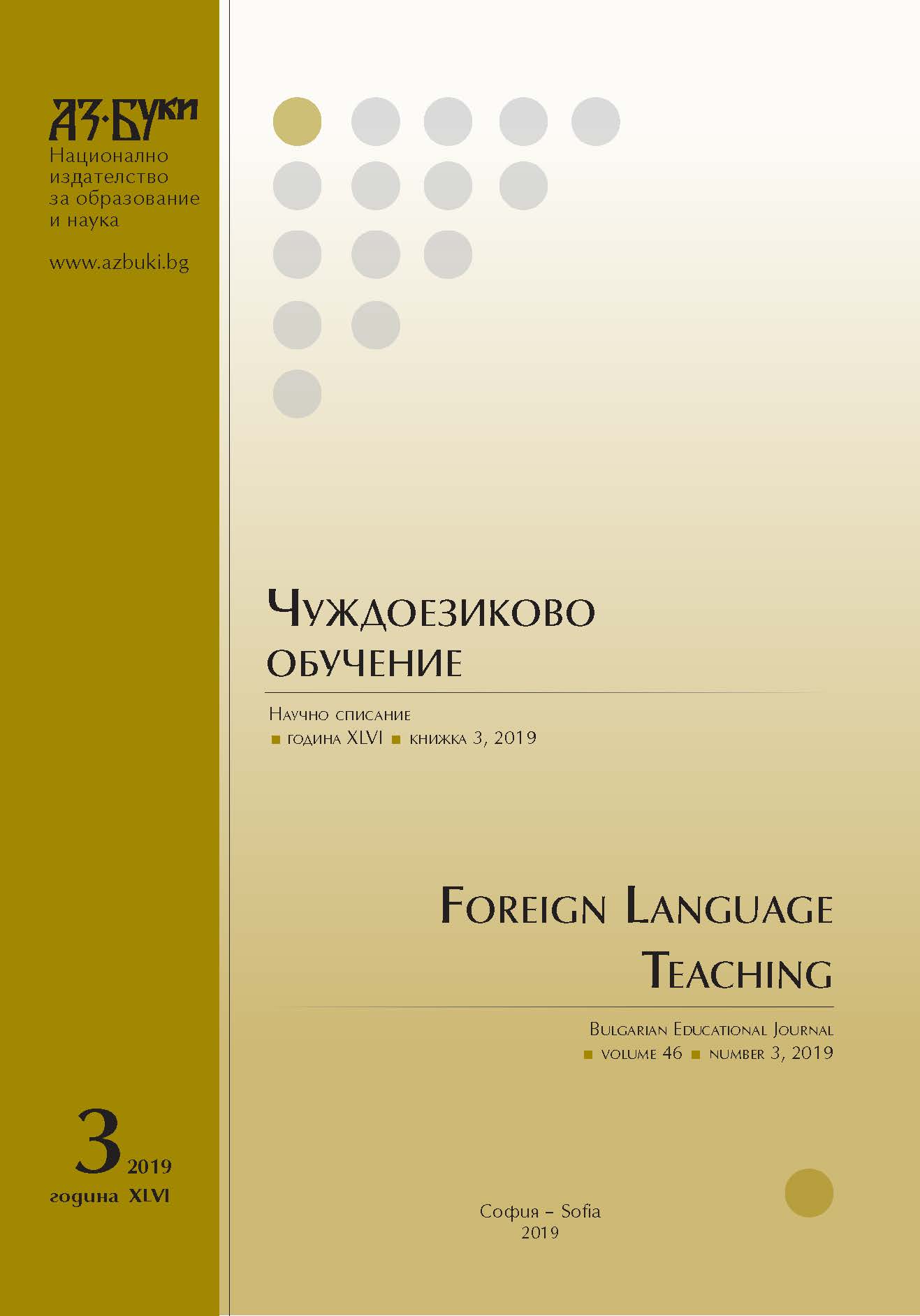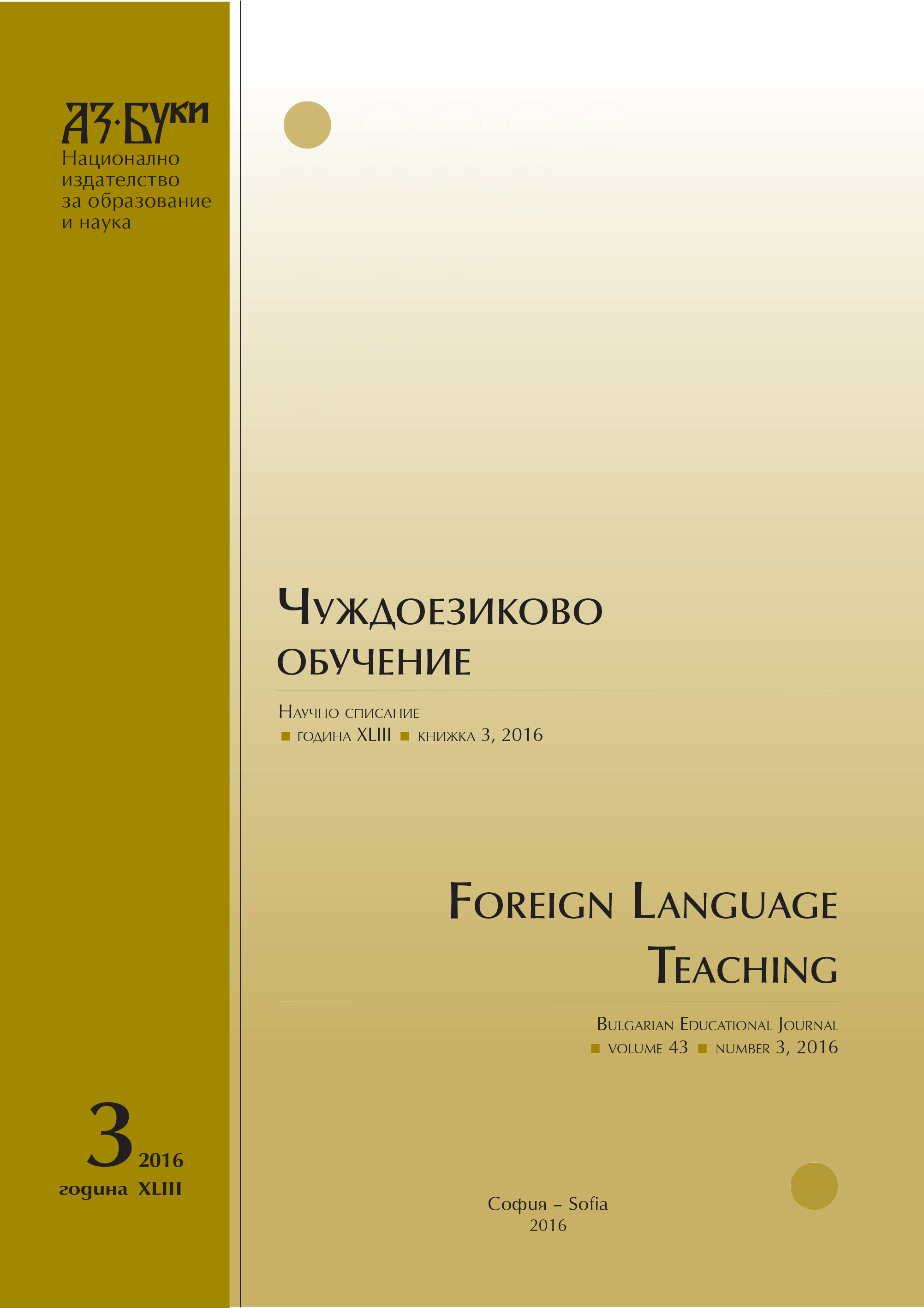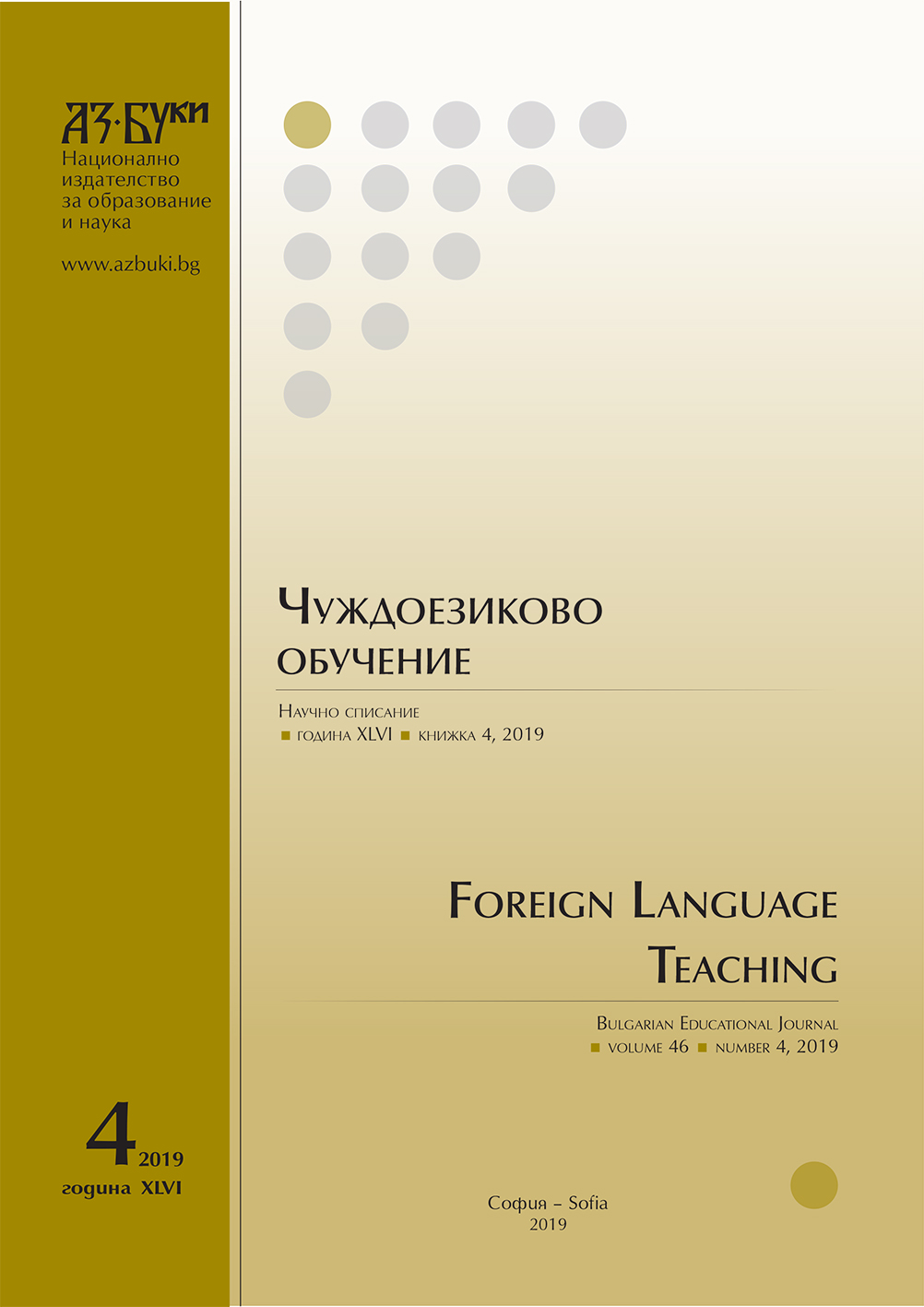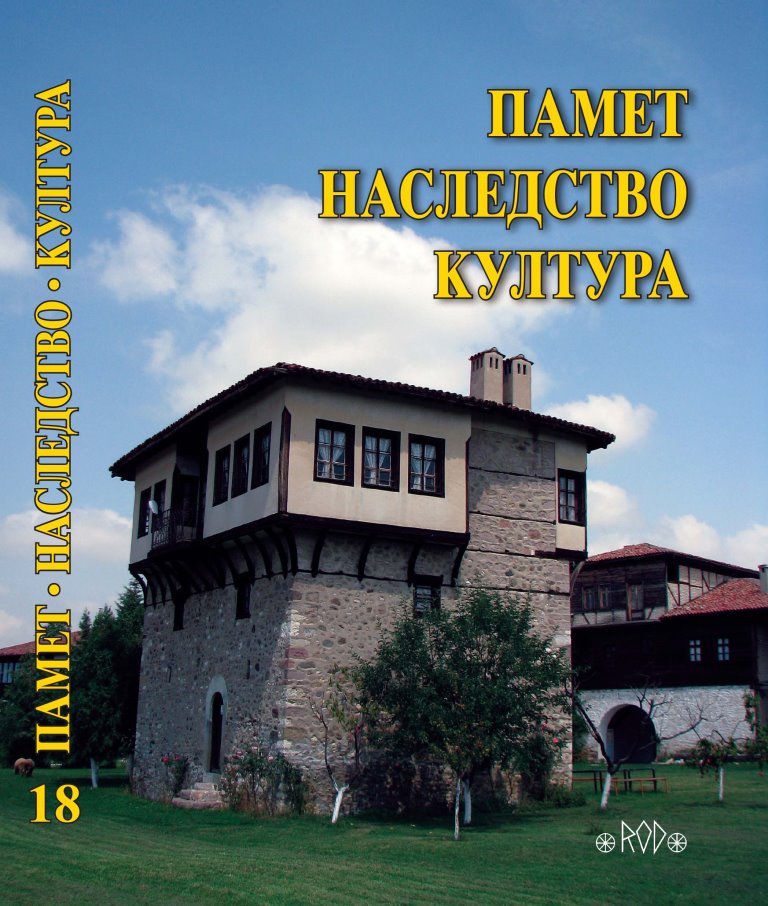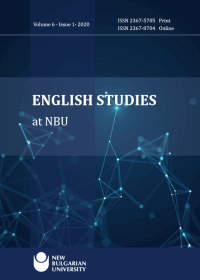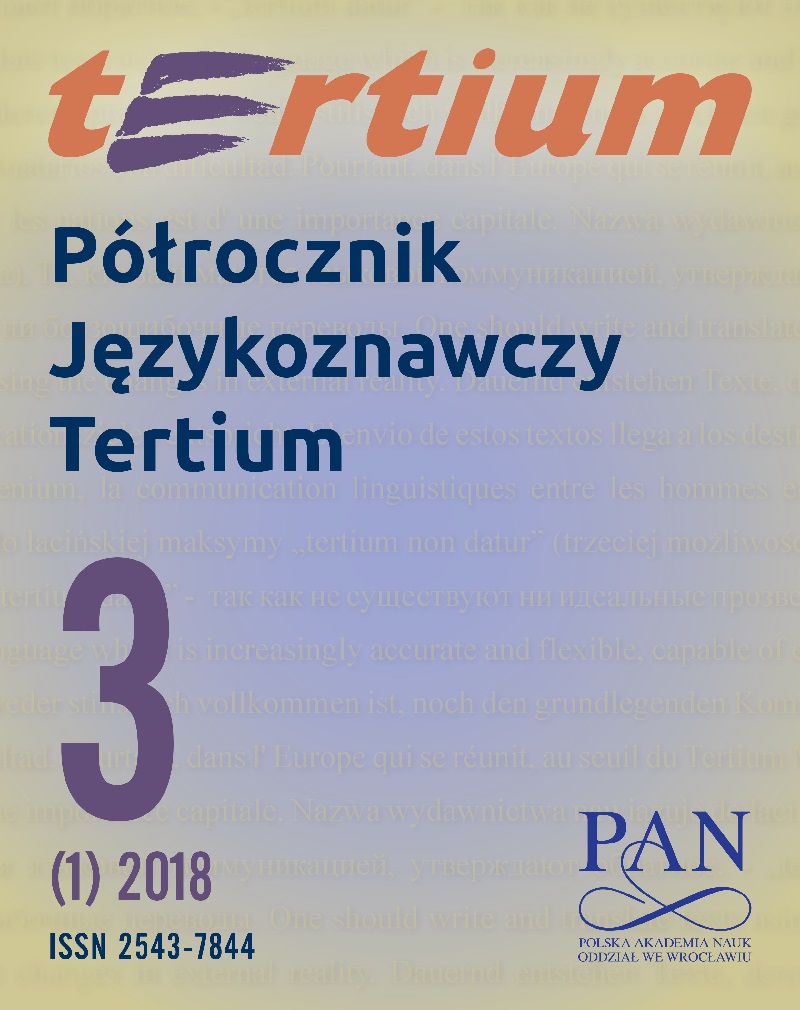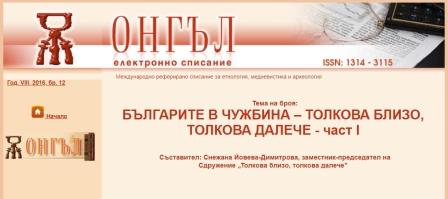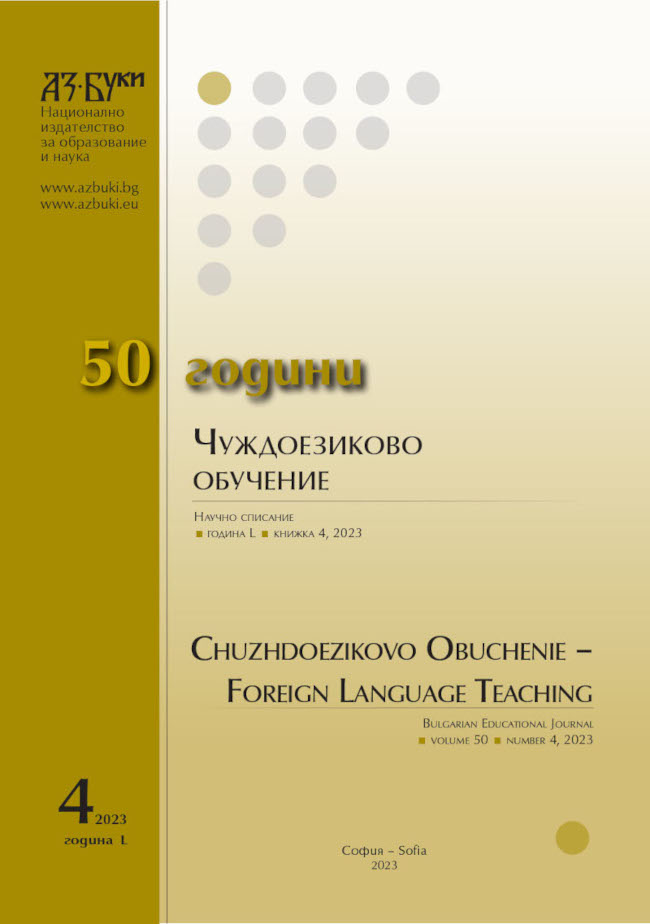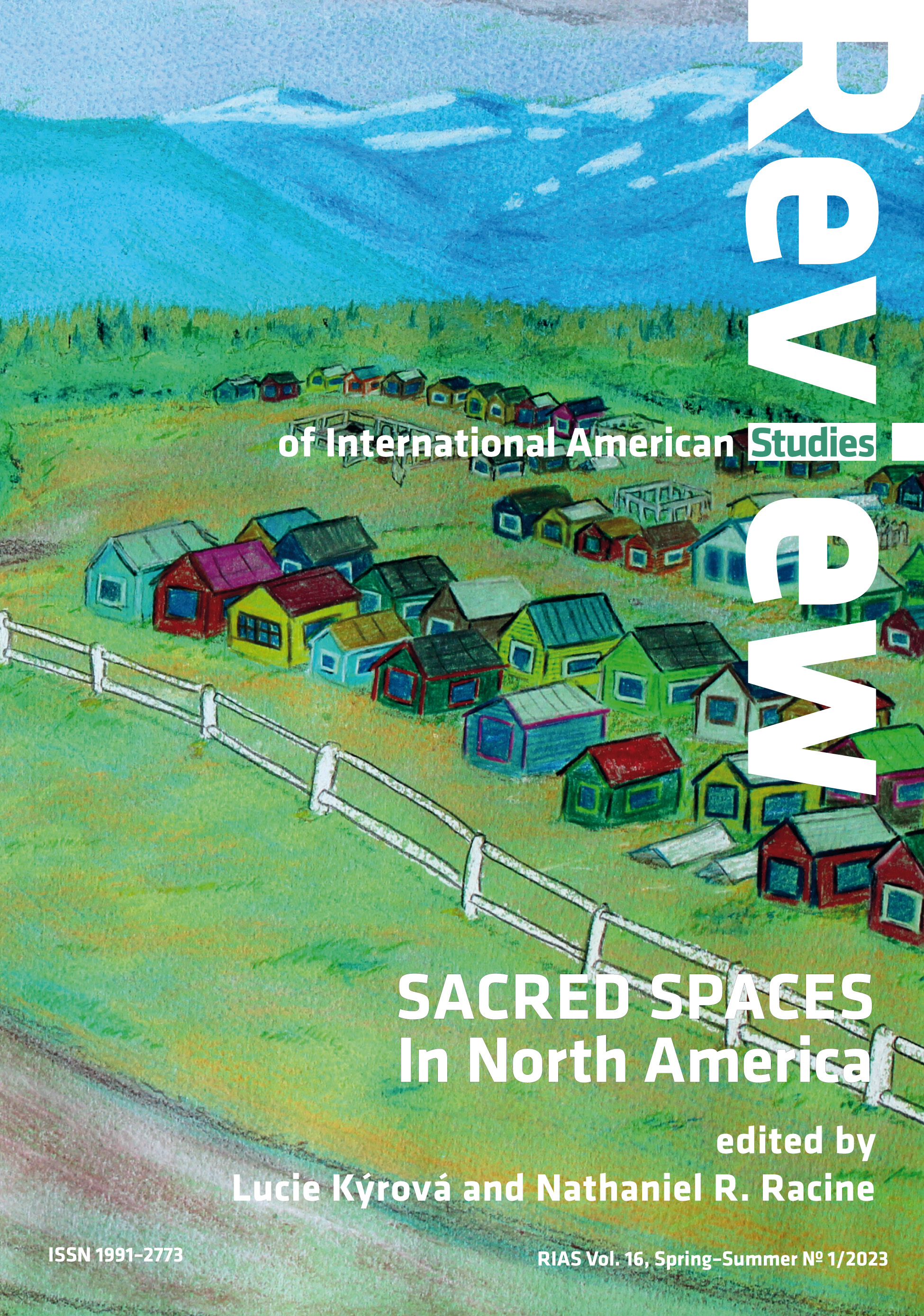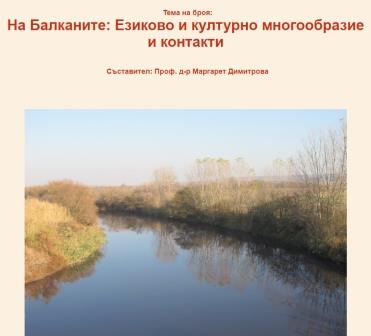Author(s): Sandra Garner / Language(s): English
Issue: 1/2023
Moundbuilding was a preoccupation for the original, Indigenous occupants of the eastern portion of North America for at least six centuries. Approximately two millennia ago, the inhabitants of a broad swath of land primarily east of the Mississippi River and extending from the gulf to the Great Lakes, engaged in the production of conical, geometric, and effigy shaped earthen mound constructs. The efforts, from small to monumental, reflect a precision, often reflecting astronomical phenomenon. The proliferation of mounds and astronomical focus suggest the moundbuilder cultures privileged these activities, they had purpose. Today many remnants of these extraordinary efforts remain despite the systems of erasure that are characteristic of settler colonialism.Two such sites are the focus of this paper on “sacred space”: the Newark Earthworks and Serpent Mound. Both sites are short-listed for UNESCO World Heritage status. The Newark Earthworks as part of a larger package referred to as “The Hopewell Ceremonial Earthworks” and Serpent Mound is a stand-alone nomination. The names of the sites are exemplary of the “logic of elimination,” central to settler colonialism in the Americas (Wolfe). Newark, Hopewell, and Serpent all names given by dominant culture with no relation to the Indigenous architects and builders. They endure and resist, despite a long and complicated history of dominance. While the focus of this paper is on contemporary contestation surrounding the sites, this paper begins with a close description of the sites and offers a brief overview of contact. This historical contextualization serves to demonstrate the ramifications of settler colonialism, which ruptured connections between Indigenous people and this land while simultaneously reinterpreting the sites as distinctly American. This lays a foundation for the web of narratives refashioned and recirculated in today’s contest over World Heritage status. Central to these narratives is ascribing the label of “sacred” to the sites. The vast number of constituents who claim a seat at the table regarding “ownership” and a voice regarding the sites is astounding. These include governmental agencies from the local to global, historical societies, Native peoples, academics, golfers, and small pockets of the public. Into this mix we can include those with religious/spiritual claims such as the Mormons, new-agers, fundamentalist Christians, and contemporary Native tribes. Many of these stakeholders have come together to work toward the coveted World Heritage Status. But, if and when it happens, whose story will dominate, who will make decisions, which voice will be heard?
More...
